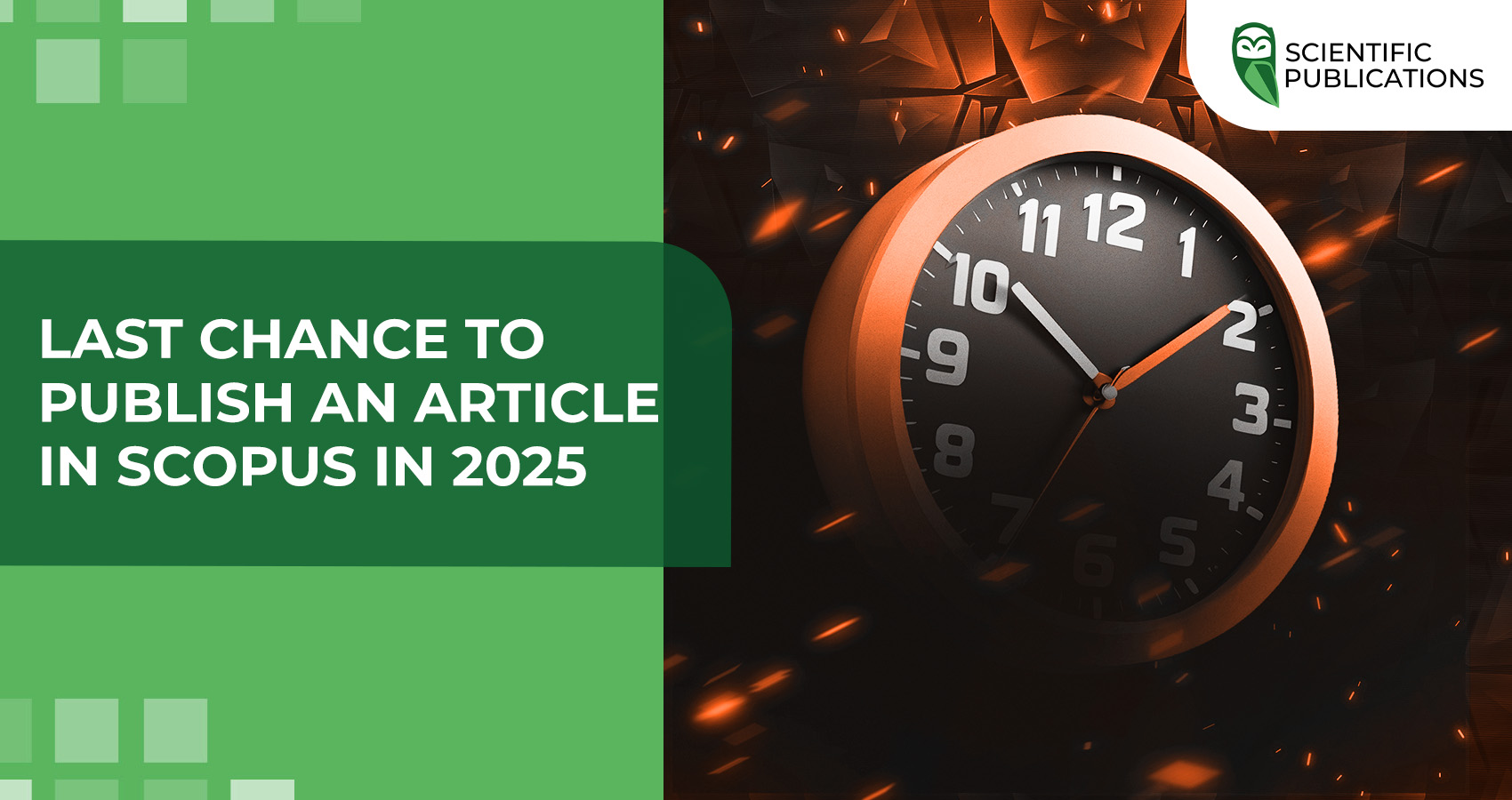Despite the fact that there is just over half a year left until the end of 2025, scientists with academic degrees are already feeling the pressure of deadlines for submitting publications to international scientometric databases, in particular Scopus. If you plan to get published by the end of the year, you need to act now. Given the large number of applicants and the length of the review process, the summer period is critical for submitting manuscripts.

How peer review works in Scopus journals
Most journals included in the Scopus database use a double-blind peer review mechanism: the identities of the author and reviewer remain anonymous. This ensures impartial evaluation. The review process can take from several weeks to several months. Since each issue has a limited number of articles, the highest quality materials are given preference.
The success of a publication largely depends on the timely submission of the manuscript, compliance with the journal's requirements, and adherence to standards of academic integrity.
Requirements for articles in Scopus journals
Publications included in the Scopus database set strict criteria for scientific works. The work must be original, well-founded, relevant to the journal's subject area, and contain novelty and value for the scientific community. High quality, relevance, and thematic relevance are key conditions for acceptance.
How to prepare for publication by the end of 2025?
- Choose your journal carefully. Consider not only its rating and citation index, but also the frequency of publication, scientific topics, and transparency of editorial policy.
- Start writing now. Follow the IMRAD structure (Introduction, Methods, Results, and Discussion) and adapt your article to the requirements of the specific publication.
- Formulate a scientific hypothesis and justify its novelty. Analyse current publications to identify gaps in research and formulate your own original scientific question.
- Maintain academic integrity. Avoid violations such as plagiarism, falsification, or data manipulation. Minimise self-citation and ensure the originality of the text (the recommended level of overlap is no more than 10-15%).
- Respond promptly to the editorial office. Respond promptly to comments from the editorial office and reviewers, and check your email regularly, including your spam folder, so you don't miss any important messages.
Terms for publishing a scientific article in the Scopus database
The full cycle of preparing and publishing a scientific article can take from 3 to 7 months. Writing takes 2-4 weeks, editing – up to 2 weeks, reviewing – on average 2-6 months, followed by the layout and approval stage, which can also take up to a month. Therefore, in order to meet the 2025 deadline, it is better to submit your material as soon as possible.
How to publish an article in Scopus by the end of 2025?
- Make sure that the selected journal is included in the official Scopus Title List.
- Avoid predatory publications that promise quick publication without proper peer review.
- Adhere to language standards (academic English), article structure, and citation style.
- Demonstrate the scientific novelty and significance of your research.
Get guaranteed publication in Scopus by the end of 2025 – contact Scientific Publications! We provide support at all stages of preparation and publication. Fill out the form below to get a free consultation with our manager. Together to successful publication!





